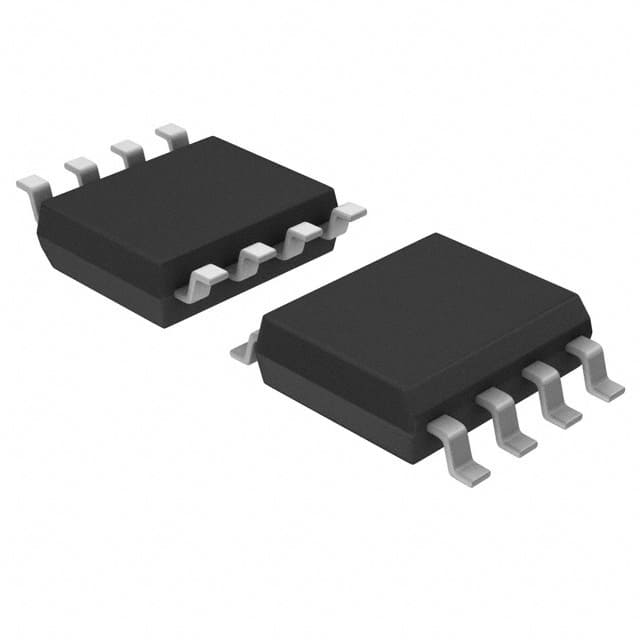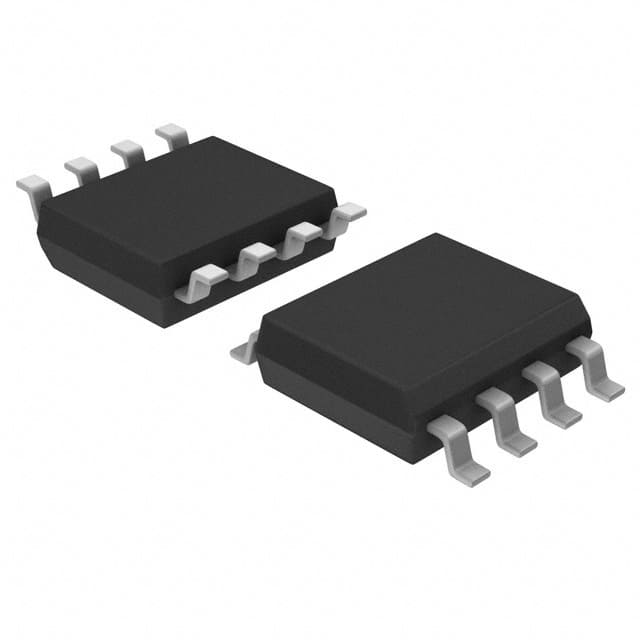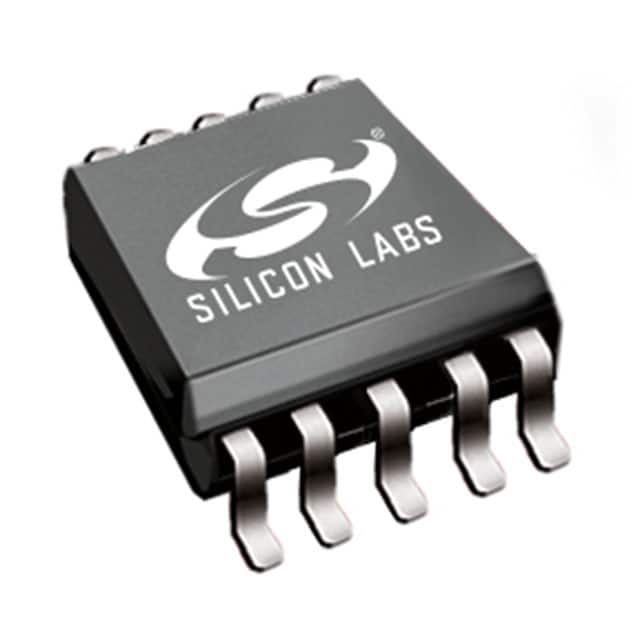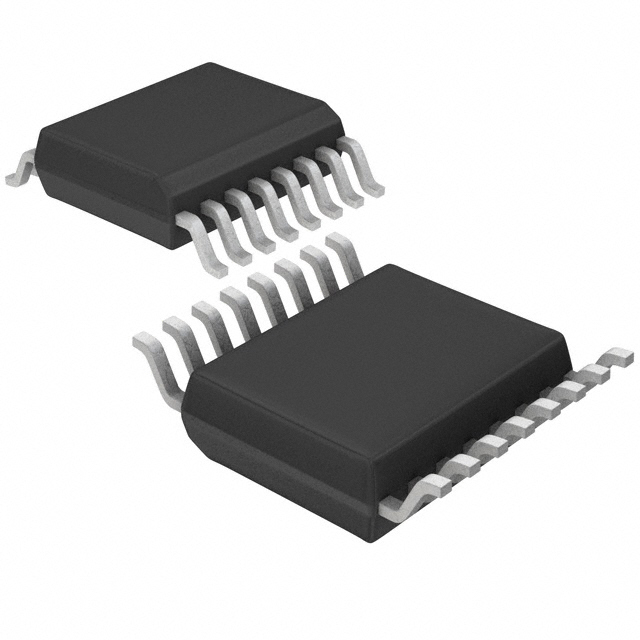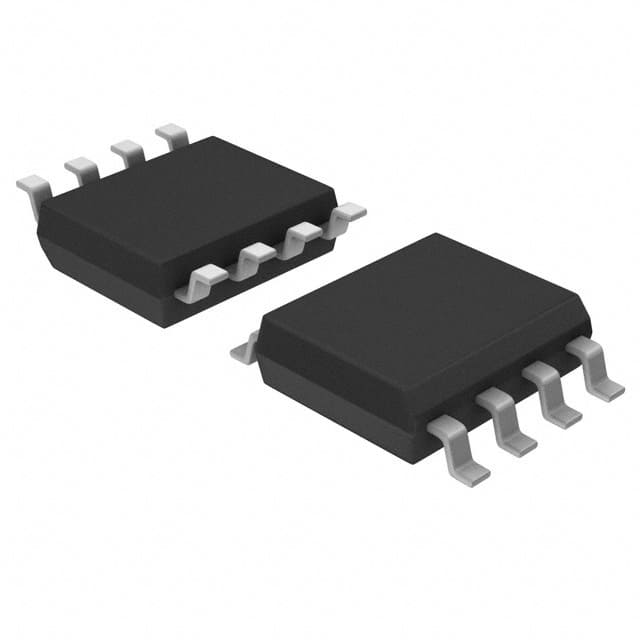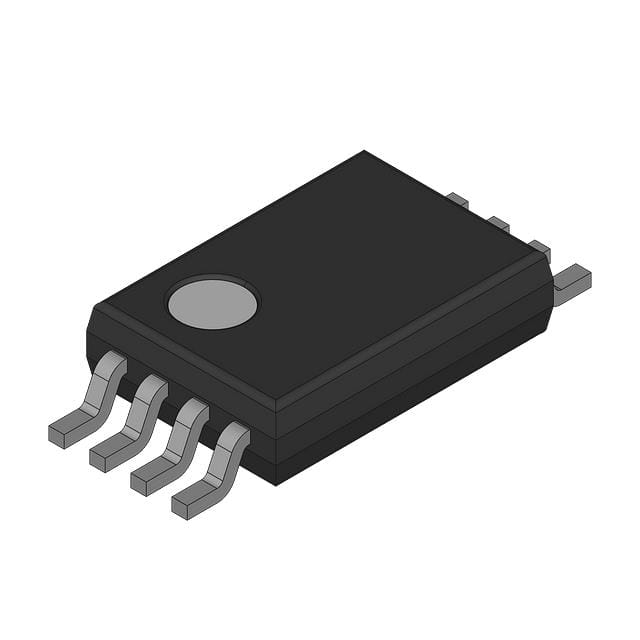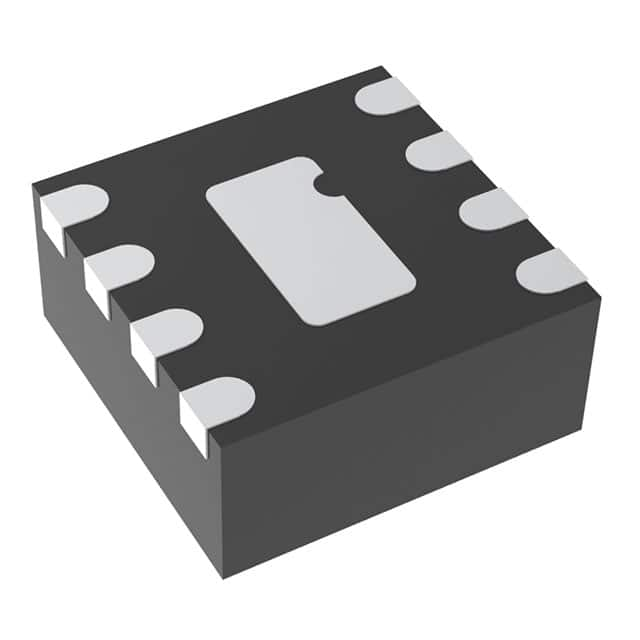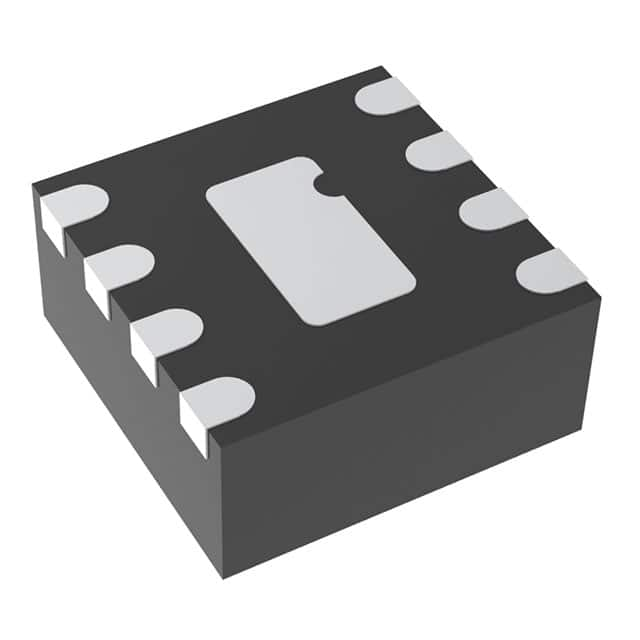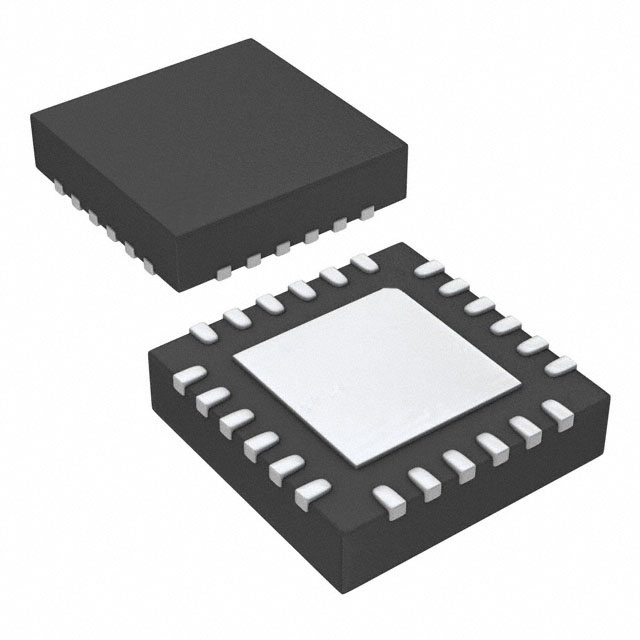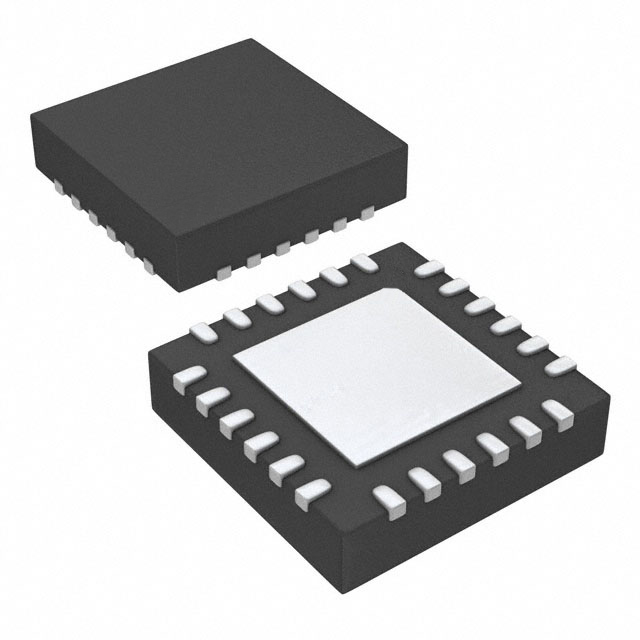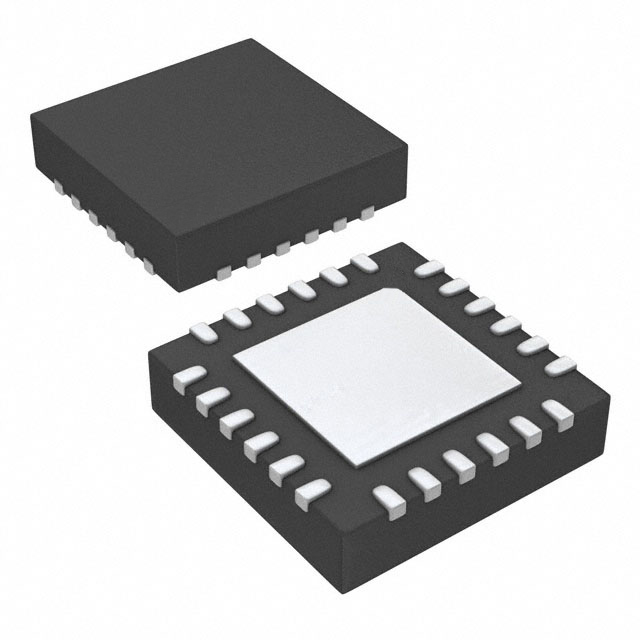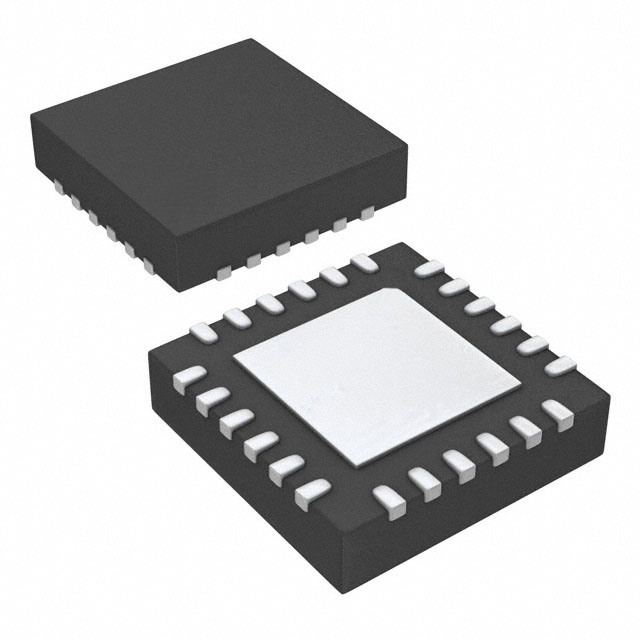SL2305ZI-1H Product Introduction:
Skyworks Solutions Inc. Part Number SL2305ZI-1H(Clock/Timing - Clock Generators, PLLs, Frequency Synthesizers), developed and manufactured by Skyworks Solutions Inc., distributed globally by Jinftry. We distribute various electronic components from world-renowned brands and provide one-stop services, making us a trusted global electronic component distributor.
SL2305ZI-1H is one of the part numbers distributed by Jinftry, and you can learn about its specifications/configurations, package/case, Datasheet, and other information here. Electronic components are affected by supply and demand, and prices fluctuate frequently. If you have a demand, please do not hesitate to send us an RFQ or email us immediately sales@jinftry.com Please inquire about the real-time unit price, Data Code, Lead time, payment terms, and any other information you would like to know. We will do our best to provide you with a quotation and reply as soon as possible.
Introducing the SL2305ZI-1H by Skyworks Solutions Inc., a cutting-edge RF front-end module designed to revolutionize wireless communication. With its advanced features and versatile application fields, this product is set to redefine the industry standards.
The SL2305ZI-1H boasts an impressive array of features that make it a standout choice for wireless communication devices. Its high linearity and low noise figure ensure exceptional signal quality, resulting in crystal-clear voice calls and lightning-fast data transfer. The module's wide frequency range and excellent power handling capabilities make it suitable for a variety of wireless standards, including 4G LTE, 5G NR, and Wi-Fi.
This RF front-end module is not only powerful but also highly versatile. It can be seamlessly integrated into smartphones, tablets, IoT devices, and other wireless communication systems. Its compact size and low power consumption make it an ideal choice for portable devices, ensuring optimal performance without compromising on battery life.
The SL2305ZI-1H finds applications in a wide range of fields, including telecommunications, automotive, industrial automation, and smart home devices. Whether it's enabling seamless connectivity in smart cars or powering efficient wireless communication in industrial IoT systems, this module is designed to meet the demands of the modern world.
In conclusion, the SL2305ZI-1H by Skyworks Solutions Inc. is a game-changer in the wireless communication industry. With its advanced features, versatile applications, and exceptional performance, this RF front-end module is set to redefine the way we connect and communicate.
Clock Generators are circuits or devices used to generate stable and precise pulses of electrical signals. The clock signal generated by it provides a unified time benchmark for various electronic devices, ensuring that the components of the device can synchronize operations and actions.PLL (Phase Locked Loop and phase-locked Loop) is a kind of circuit is used to control the frequency and Phase. It can convert the frequency and phase of an input signal into the frequency and phase of another output signal to realize the synchronization of frequency and phase. Frequency Synthesizers are devices that use one or more standard signals to generate a large number of discrete frequency signals through various technical approaches. It can realize precise control and adjustment of frequency to meet the needs of different application scenarios.
Application
Clock Generators are widely used in computer chips, digital circuits, radio communication, audio and video equipment and other electronic equipment. The clock signal generated by it is the basis for the normal operation of these devices, ensuring the stable transmission and processing of data. PLL (phase-locked Loop) is mainly used to detect and track the frequency and Phase of the input signal and convert it into a stable output signal. It can change the frequency of the input signal to achieve a specific purpose, such as signal synchronization, frequency conversion, etc. Frequency Synthesizers generate a series of high-precision frequency sources with a certain frequency interval through synthesis technology to provide the required frequency signals for various electronic devices. It is widely used in applications requiring accurate frequency control, such as radar, communications, electronic countermeasures and other fields.
FAQ about Clock/Timing - Clock Generators, PLLs, Frequency Synthesizers
-
1. What is the difference between a PLL and a synthesizer?
The main difference between a PLL (phase-locked loop) and a synthesizer lies in their functions and application scenarios. PLL is mainly used to achieve phase locking of the output signal with the input signal, while a synthesizer is used to generate output signals of multiple frequencies.
PLL (Phase Locked Loop) is a circuit used to lock the phase. It consists of three main parts: a phase detector (PD), a low-pass filter (LPF), and a voltage-controlled crystal oscillator (VCO).
A synthesizer is a device used to generate output signals of multiple frequencies. It realizes the frequency synthesis function by adding a frequency divider on the basis of PLL. Synthesizers can be divided into integer frequency synthesizers and fractional frequency synthesizers.
-
2. What are frequency synthesizers used for?
The main purpose of frequency synthesizers is to provide specific frequency signals for radio and communication systems. It is an important component of modern electronic systems and is widely used in communication, radar, navigation and other equipment.
Frequency synthesizers generate a large number of discrete frequencies with the same stability and accuracy from one or more reference signal sources with high frequency stability and accuracy through linear operations in the frequency domain. Specifically, frequency synthesizers use techniques such as frequency multiplication, frequency division, and mixing to obtain discrete frequency signals with the same stability as the reference signal.
-
3. What is the difference between PLL and oscillator?
The main difference between PLL and oscillator lies in their functions and features. PLL has the ability of phase locking and frequency tracking, which can provide higher frequency stability, especially in the presence of an external reference signal. Oscillators usually generate fixed-frequency signals and do not have these functions of PLL.
Specifically, oscillators are devices used to generate periodic signals. Common types include RC oscillators, LC oscillators, and crystal oscillators. RC oscillators have a simple structure and low cost, but poor frequency stability and accuracy; LC oscillators have good frequency stability, but are large in size and high in cost; crystal oscillators have extremely high frequency stability, but are expensive.
PLL is a feedback control circuit that can compare the output of the oscillator with a reference signal, generate a control voltage based on the phase difference, and thus adjust the frequency and phase of the oscillator to synchronize it with the reference signal. PLL can generate output signals with higher or lower frequencies than the reference signal, and is usually more complex to design and implement than oscillators, with higher power consumption and cost.
Whether to choose an oscillator or PLL depends on the specific application requirements. If a fixed frequency signal is required and cost and complexity are a concern, an oscillator is the appropriate choice. If precise frequency control and low phase noise are required and a stable reference signal is available in the system, a PLL is a better choice.
 Lead free / RoHS Compliant
Lead free / RoHS Compliant












